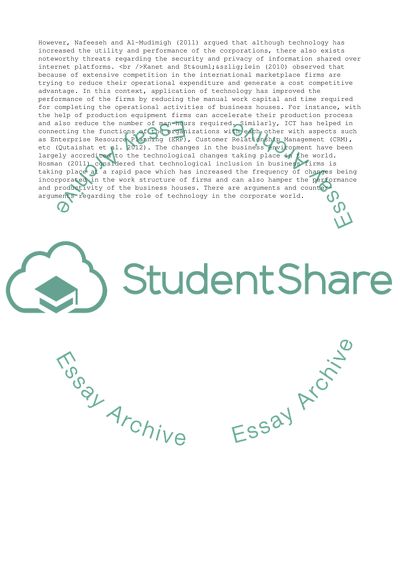Cite this document
(“Business Environment And Strategic Management Essay”, n.d.)
Business Environment And Strategic Management Essay. Retrieved from https://studentshare.org/business/1701783-business-environment-and-strategic-management
Business Environment And Strategic Management Essay. Retrieved from https://studentshare.org/business/1701783-business-environment-and-strategic-management
(Business Environment And Strategic Management Essay)
Business Environment And Strategic Management Essay. https://studentshare.org/business/1701783-business-environment-and-strategic-management.
Business Environment And Strategic Management Essay. https://studentshare.org/business/1701783-business-environment-and-strategic-management.
“Business Environment And Strategic Management Essay”, n.d. https://studentshare.org/business/1701783-business-environment-and-strategic-management.


